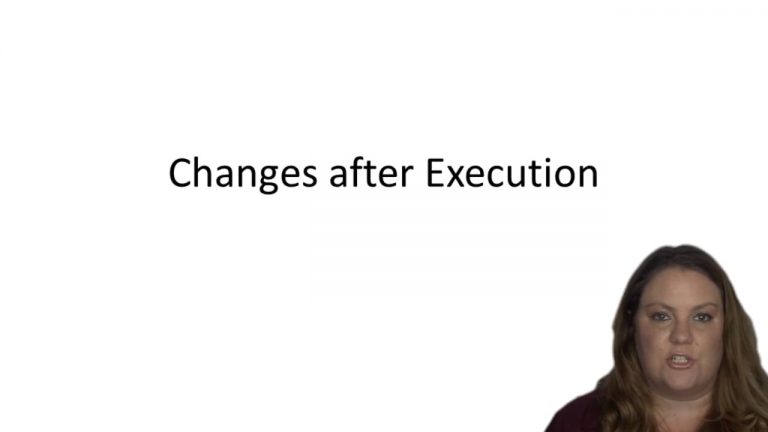SmartBrief
Confirm favorite deletion?
Wills, Trusts & Estates Keyed to Gallanis
Schneider v. Harrington
Citation:
71 N.E.2d 242 (Mass. 1947)Facts
Letitia Bliss’s will provided that her entire estate was to be disposed of in the following manner:
1. To my niece Phyllis H. Schneider, of 2368 Washington Avenue Bronx, New York, one third (1/3).
2. One third (1/3) to my sister, Margaret J. Sugarman, of 177 West 95th Street New York City, New York.
3. One third (1/3) to my sister, Amy E. Harrington, of New York City, New York.
The will contained a provision stating: “I am intentionally omitting my other sisters and brothers for I feel that they are well taken care of.” At some time after the execution of the will, Letitia used a pencil to cross out all of clause 3 and the figures “1/3″ in clauses 1 and 2. She then inserted by pencil the figures ½ in clauses 1 and 2, leaving uncancelled in these clauses the words “one third.”
Letitia left no husband or children. Her heirs were four sisters and twenty-two nieces and nephews.
Only StudyBuddy Pro offers the complete Case Brief Anatomy*
Access the most important case brief elements for optimal case understanding.
*Case Brief Anatomy includes: Brief Prologue, Complete Case Brief, Brief Epilogue
- The Brief Prologue provides necessary case brief introductory information and includes:
Topic:
Identifies the topic of law and where this case fits within your course outline.Parties:
Identifies the cast of characters involved in the case.Procedural Posture & History:
Shares the case history with how lower courts have ruled on the matter.Case Key Terms, Acts, Doctrines, etc.:
A case specific Legal Term Dictionary.Case Doctrines, Acts, Statutes, Amendments and Treatises:
Identifies and Defines Legal Authority used in this case.
- The Case Brief is the complete case summarized and authored in the traditional Law School I.R.A.C. format. The Pro case brief includes:
Brief Facts:
A Synopsis of the Facts of the case.Rule of Law:
Identifies the Legal Principle the Court used in deciding the case.Facts:
What are the factual circumstances that gave rise to the civil or criminal case? What is the relationship of the Parties that are involved in the case.Issue(s):
Lists the Questions of Law that are raised by the Facts of the case.Holding:
Shares the Court's answer to the legal questions raised in the issue.Concurring / Dissenting Opinions:
Includes valuable concurring or dissenting opinions and their key points.Reasoning and Analysis:
Identifies the chain of argument(s) which led the judges to rule as they did.
- The Brief Prologue closes the case brief with important forward-looking discussion and includes:
Policy:
Identifies the Policy if any that has been established by the case.Court Direction:
Shares where the Court went from here for this case.

 5m 36s
5m 36s